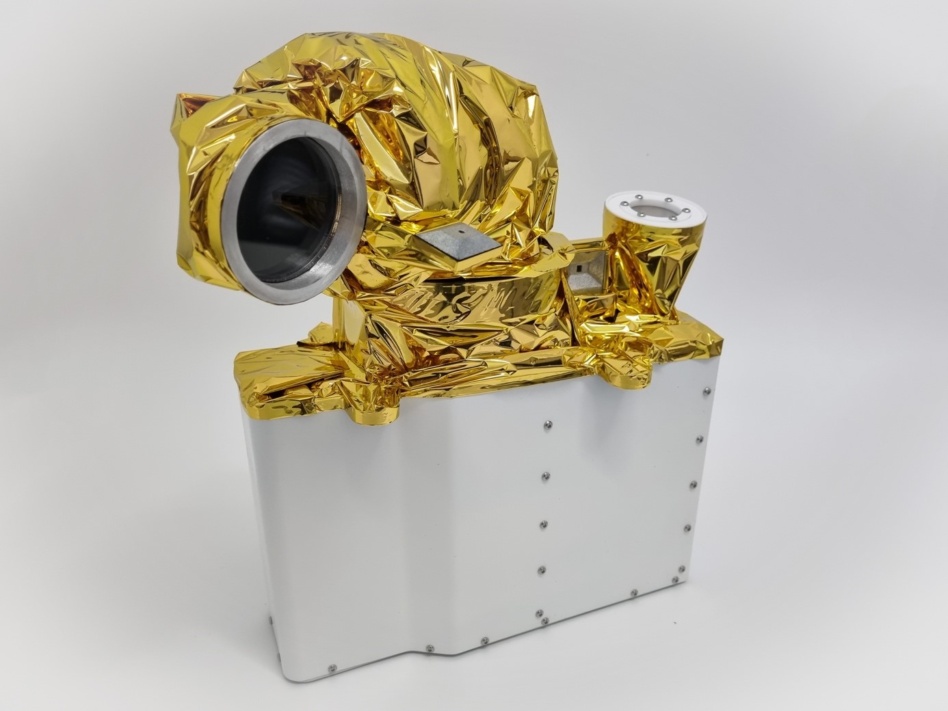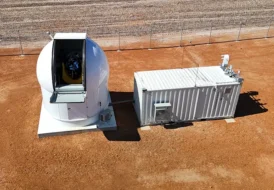A laser optical comms payload developed by Luxembourg’s Odysseus Space will launch on a satellite bus built by Berlin-based Reflex Aerospace in early 2026, the companies announced Tuesday at World Satellite Business Week.
Hosting laser payloads isn’t easy—it requires “precise pointing, high stability of the platform, [and poses] challenges in terms of the power supply,” according to Reflex CEO Walter Ballheimer. “It is not as easy as people think, especially when space to ground communications is concerned.”
Laser focus: With more data being collected, processed, and distributed in space, satellite architects are looking to lasers for more bandwidth: Current optical communications terminals (OCTs) can deliver 2.5 gigabits per second, compared to speeds maxing out around 1 gigabit per second for the speediest radio communications. OCTs are already enhancing SpaceX’s Starlink constellation, and more action is on the way:
- SpaceX recently tested the connection between an optical terminal on the Crew Dragon spacecraft and the Starlink network during the Polaris Dawn mission, and president Gwynne Shotwell said SpaceX would tee up sales of the laser link technology to other satellite operators.
- Munich-based optical comms supplier Mynaric, which is building terminals for SDA, ran into production trouble last month, leading to the ouster of its CEO.
- Odysseus Space, founded in 2019, is developing its Cyclops optical terminal to provide on a subscription basis to satellite operators.
First responder: Reflex, which was founded in 2022 to develop dual-use spacecraft platforms, is launching its first satellite on SpaceX’s Transporter-12 mission this year. It also plans to demonstrate a different laser optical payload in 2027 that will connect with a moving asset on the ground.
“The European market is good to test the value proposition and grow for a certain time without having to compete with American companies,” Ballheimer, the former founder of German Orbital Systems and previous CTO of Exolaunch, said. “In the long term, sustainable growth can only be achieved with American customers.”




